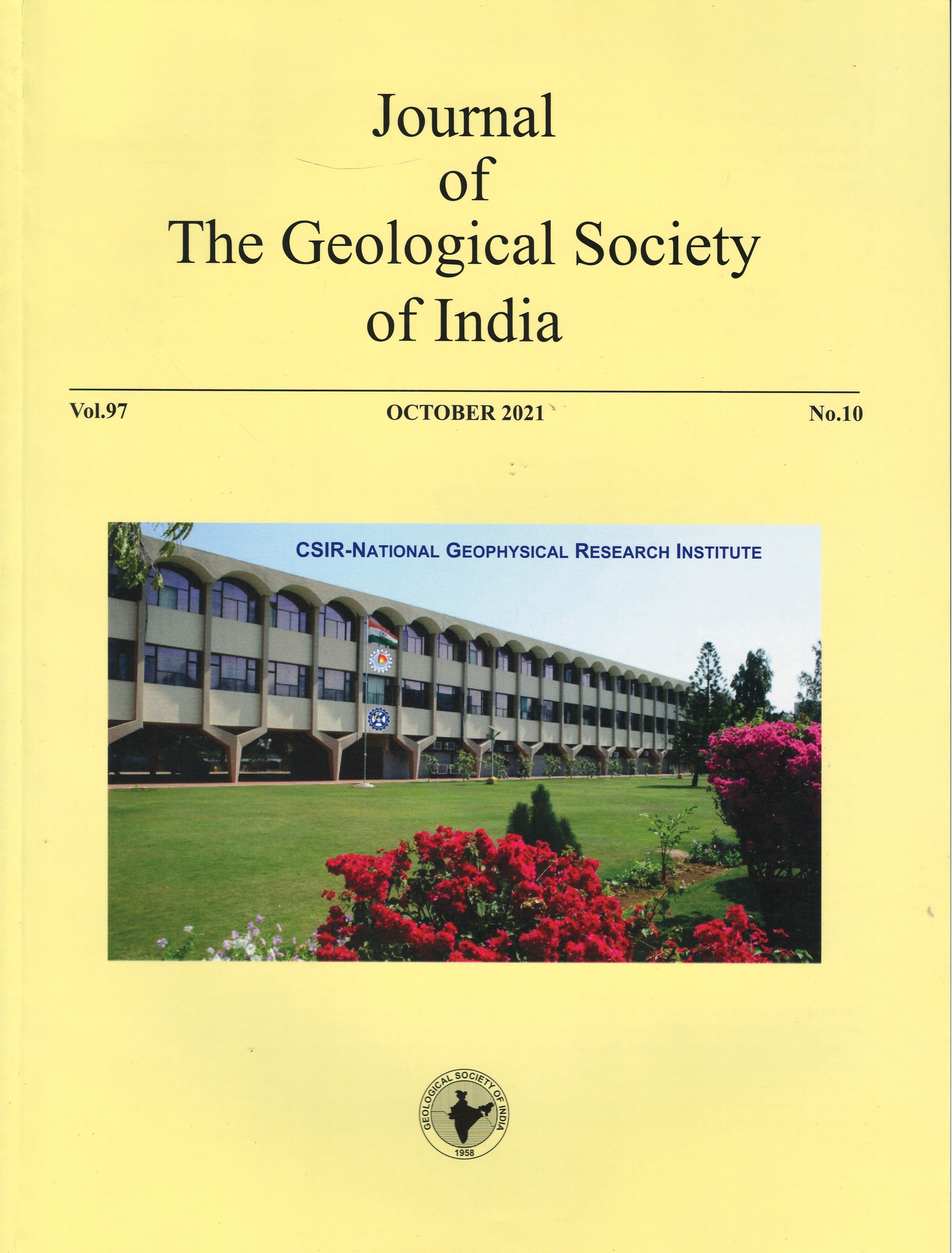Tsunami Modelling and Run-ups along Indian Coasts
DOI:
https://doi.org/10.1007/s12594-021-1861-5Keywords:
No keywords.Abstract
The Earthquake of Mw 9.3 on Dec 26, 2004 in the Andaman Sumatra subduction zone in the eastern Indian Ocean and the 27th November 1945 M8.0-8.2 Makran earthquake in the western Indian Ocean triggered tsunami causing large scale damage. Though, great tsunamigenic earthquakes are rare from the Makran subduction zone, the possibility of one off event exceeding M 8.0 cannot be overlooked. The record of historical tsunami has not been well documented, as there is very little data available from these two subduction zones, though few reports on tsunami impact on the Indian coasts are available. The devastating impact of 2004 Indian Ocean tsunami has generated great interest amongst the scientific community and changed the perception of the hazard associated with tsunami in the region. Several researchers from different parts of the world have worked in understanding and quantifying the tsunami propagation and inundation due to the 2004 Tsunami. In this paper different questions on the propagation of tsunamis over ridges, island, along the east and west coast, tsunami forces on different beaches and also the effect of varying bathymetry in the Indian Ocean have been discussed in the form of case studies.

 Kirti Srivastava
Kirti Srivastava






